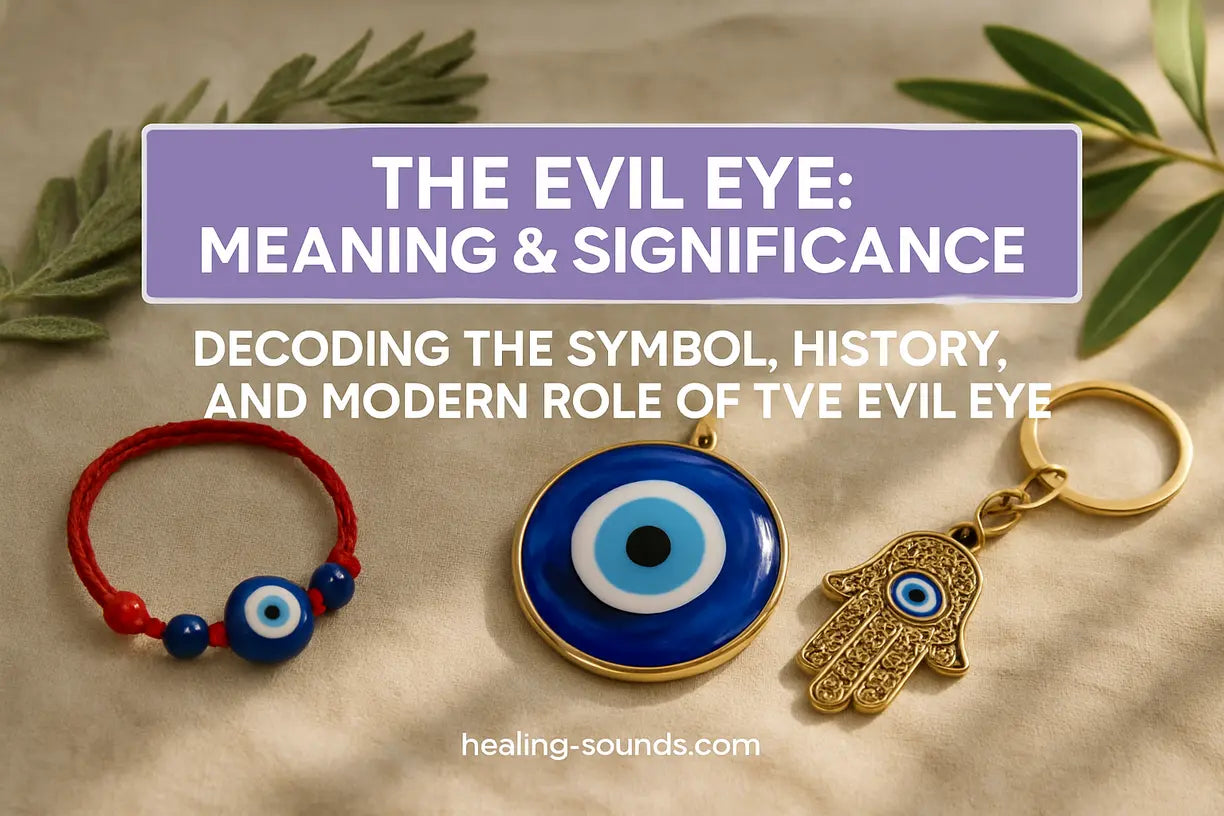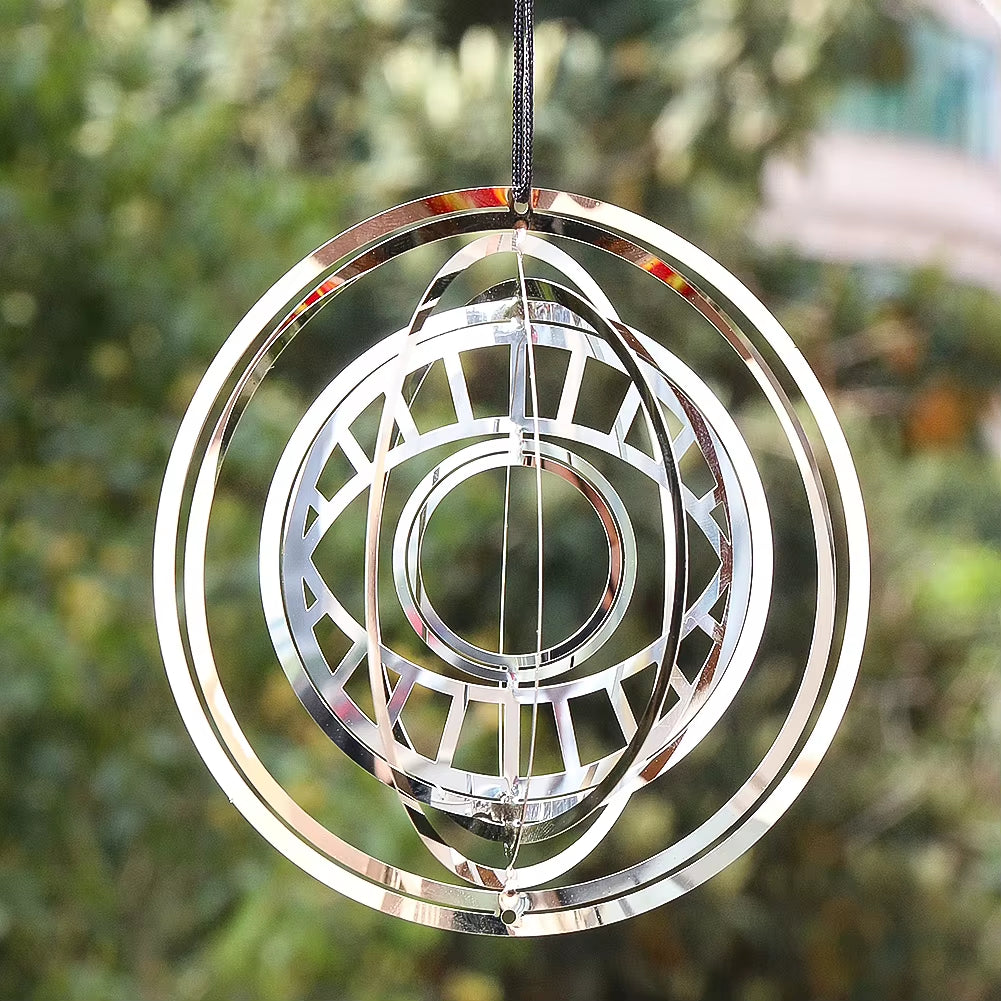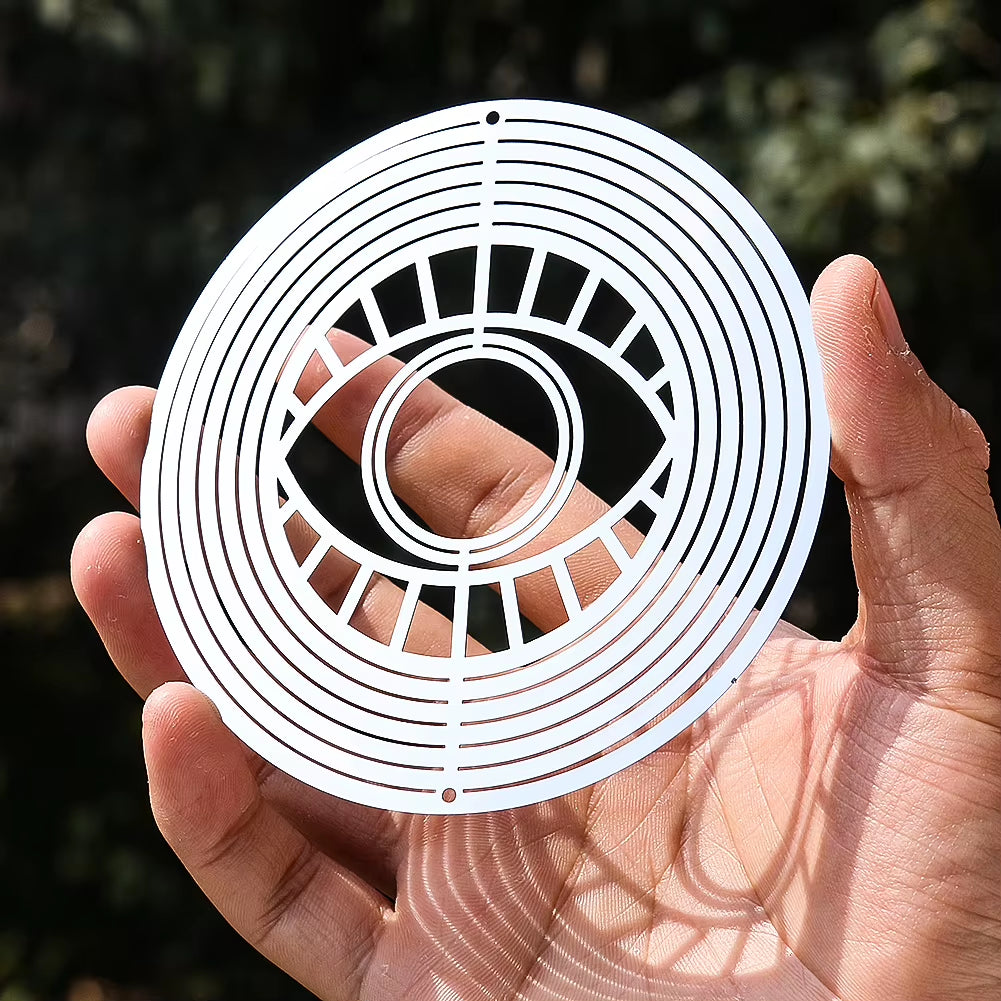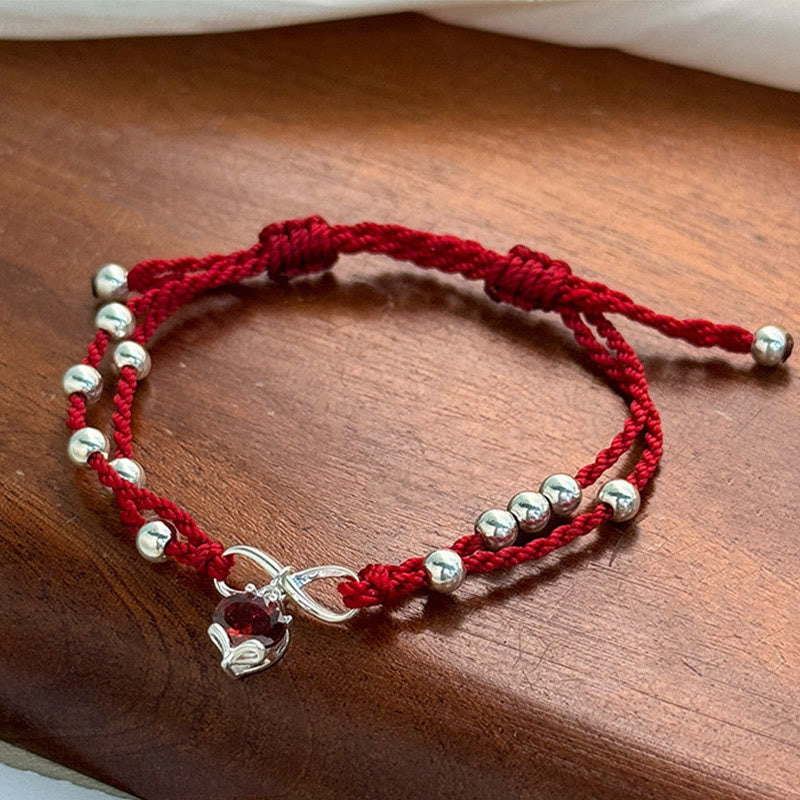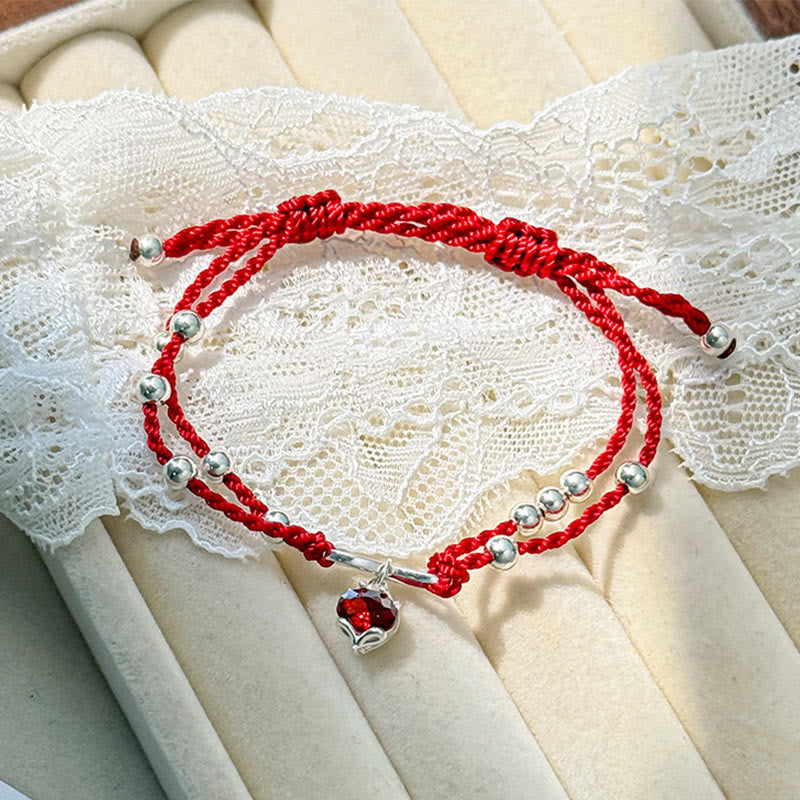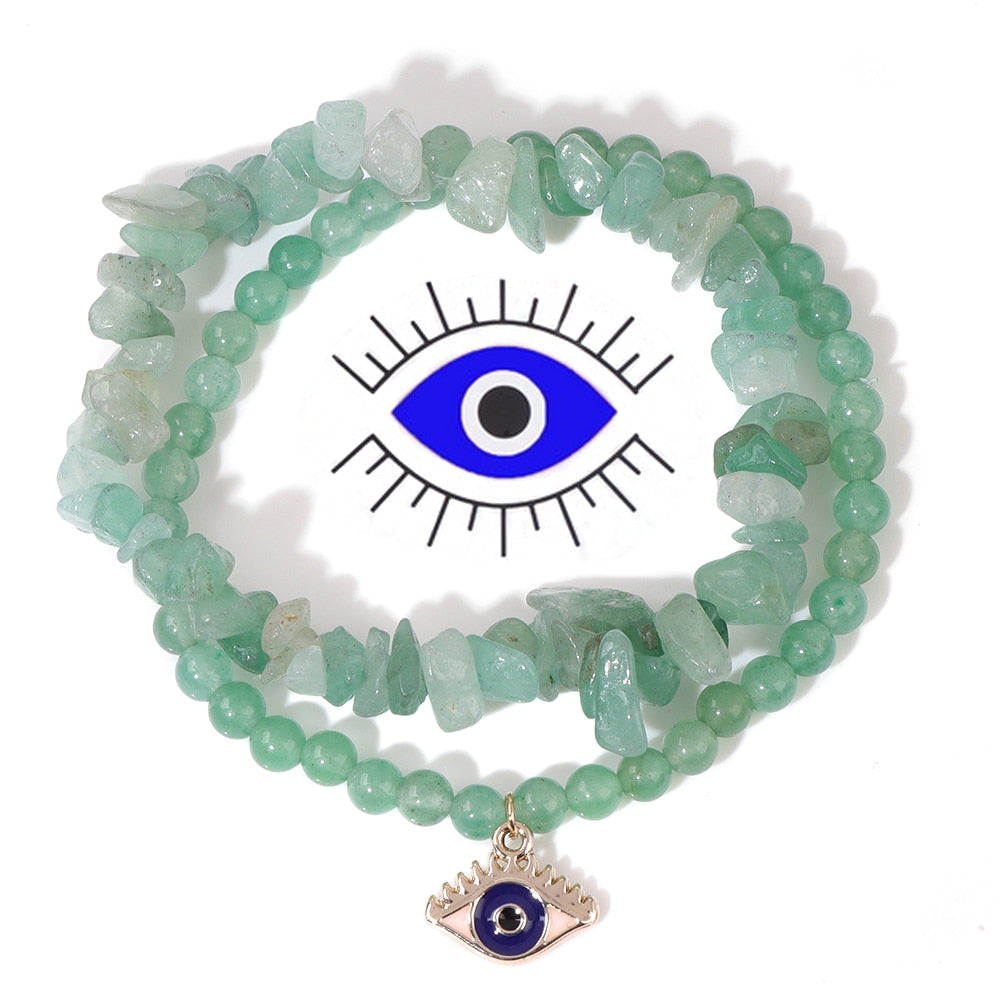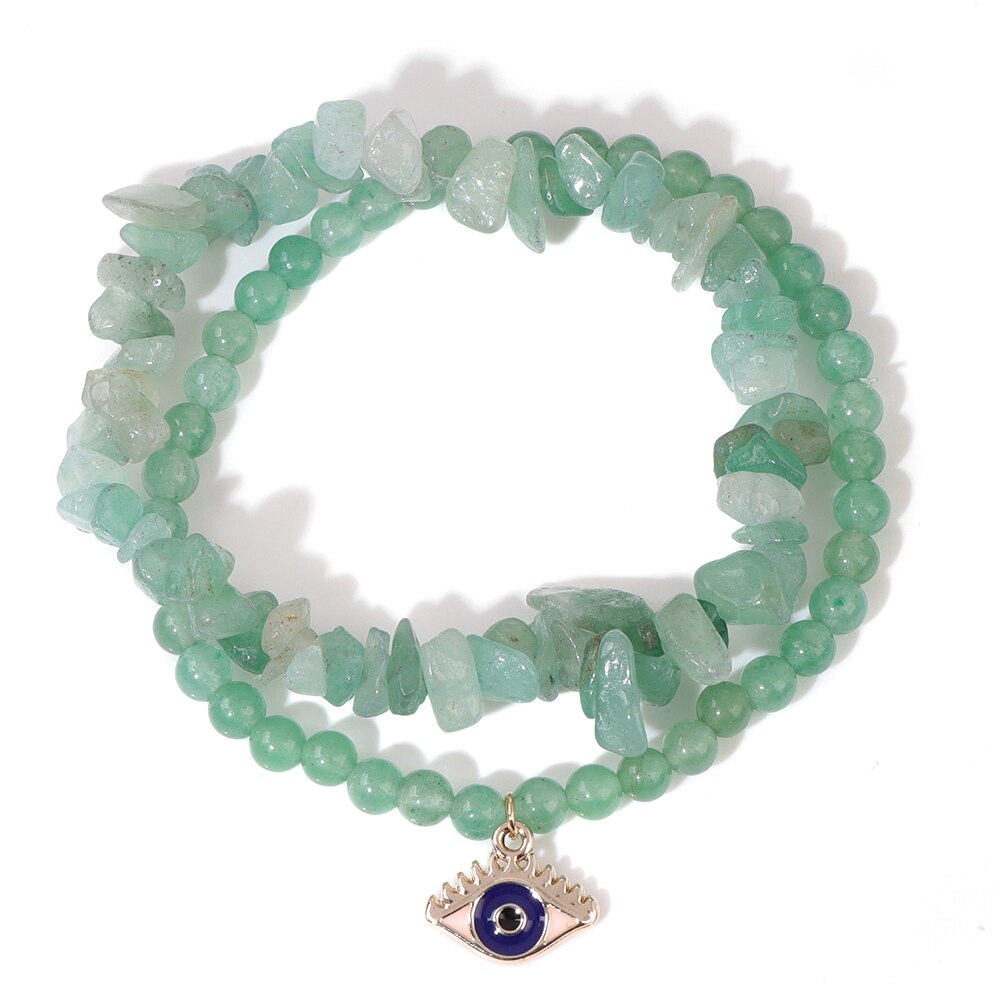Le concept du mauvais œil captive et intrigue les cultures du monde entier depuis des millénaires. Symbole reconnu sur tous les continents, il s'appuie sur la croyance selon laquelle un regard malveillant peut porter malheur aux personnes non averties. Pour les personnes spirituellement curieuses, comprendre la signification du mauvais œil , sa riche histoire et sa profonde signification culturelle offre non seulement un aperçu fascinant des traditions mondiales, mais aussi une meilleure compréhension des symboles de protection spirituelle que nous utilisons. Ce guide explore la signification du mauvais œil, retrace ses origines et éclaire son impact actuel.
Qu'est-ce que le mauvais œil ? Décryptage de sa signification fondamentale
Fondamentalement, le mauvais œil repose sur la croyance selon laquelle une personne peut causer du tort, de la maladie ou porter malheur à une autre personne simplement en la regardant avec envie ou malveillance. Cette énergie négative, projetée par un regard, est considérée comme une force puissante. Cette croyance ne fait pas nécessairement référence à une malédiction intentionnelle, mais souvent au pouvoir destructeur d'émotions fortes comme la jalousie. Pour l' expliquer simplement, le mauvais œil désigne un type particulier de malheur causé par ce regard envieux. De nombreuses cultures croient que le succès, la beauté ou la chance peuvent attirer le mauvais œil, d'où l'importance des talismans et des symboles protecteurs pour conjurer cette négativité.
L'idée principale repose sur l'idée que des émotions fortes et inexprimées peuvent se manifester sous forme de force négative tangible. C'est pourquoi, pour beaucoup, la signification du mauvais œil dépasse la simple superstition ; c'est une reconnaissance de la nature humaine et de l'impact potentiel des énergies invisibles. La défense la plus courante est une amulette anti-mauvais œil, souvent appelée « mauvais œil », conçue pour refléter ou neutraliser le regard malveillant.

Un aperçu des temps anciens : l'histoire du mauvais œil
La croyance au mauvais œil n'est pas un phénomène récent ; ses racines remontent aux civilisations antiques. Des vestiges archéologiques suggèrent sa présence en Égypte et en Grèce antiques il y a plus de 5 000 ans. Des auteurs classiques comme Hésiode, Platon et Pline l'Ancien ont fait référence au mauvais œil dans leurs œuvres, témoignant de sa prévalence dans le monde antique. Ces premières mentions décrivaient souvent l'œil comme une source de rayons mortels provenant du mécanisme intérieur d'une personne emplie d'envie ou de malice.
L'omniprésence de cette croyance dans différentes cultures anciennes, du bassin méditerranéen au Moyen-Orient et au-delà, témoigne d'une préoccupation commune de l'humanité face à la vulnérabilité aux forces négatives invisibles. Le développement d'amulettes et de talismans pour contrer le mauvais œil était une réponse directe à cette peur répandue, les symboles représentant des yeux devenant particulièrement populaires grâce au principe du « semblable guérit le semblable » : un œil pour détourner le mauvais œil.
La portée mondiale du mauvais œil : une importance culturelle mondiale
Le symbole du mauvais œil et les croyances qui l'entourent sont remarquablement répandus, apparaissant sous diverses formes dans de nombreuses cultures. En Turquie, le « nazar boncuğu » – une perle bleue et blanche ressemblant à un œil – est peut-être la représentation la plus emblématique. On le retrouve partout, des maisons et des commerces aux bijoux, et même sur les nouveau-nés. De même, en Grèce, le « mati » a la même fonction protectrice.
Dans les cultures du Moyen-Orient, la Main de Fatima (Hamsa) intègre souvent le symbole d'un œil pour éloigner le mal. Les traditions latino-américaines connaissent également des versions du « mal de ojo », avec des rituels et des amulettes spécifiques utilisés pour la protection, notamment des enfants. Même dans différents contextes religieux, notamment certaines interprétations de l'islam, du christianisme et du judaïsme, le folklore autour du mauvais œil a persisté, se mêlant souvent aux doctrines religieuses officielles ou y coexistant. Cette adoption généralisée souligne le désir universel de l'être humain d'être protégé du mal et de la négativité.
Symbolisme de la protection : comment le mauvais œil offre-t-il une protection ?
La fonction première d'une amulette contre le mauvais œil est de protéger . On pense qu'elle agit en détournant le regard malveillant de son porteur ou de l'espace protégé. L'amulette agit comme un bouclier, absorbant l'énergie négative ou la renvoyant à sa source. Le motif le plus courant, un cercle concentrique bleu et blanc (souvent avec du noir et du jaune/or), est censé imiter un œil vigilant qui ne se ferme jamais, offrant ainsi une protection constante.
Beaucoup pensent que si une amulette contre le mauvais œil se fissure ou se brise, cela signifie qu'elle a absorbé une quantité importante de négativité et a rempli son rôle protecteur. Il convient alors de la remplacer. Le pouvoir de l'amulette ne réside pas seulement dans l'objet lui-même, mais dans la foi et l'intention que le croyant y met. Elle rappelle concrètement la nécessité de la vigilance spirituelle et le pouvoir de l'intention positive pour contrer la négativité.

- Déviation : renvoie les reflets nocifs.
- Absorption : Absorbe l'énergie négative.
- Vigilance : symbolise un gardien toujours vigilant.
- Alimenté par la foi : son efficacité est souvent liée à la croyance du porteur.
Moulin à vent cinétique de jardin en métal 3D avec œil turc
$20.90 $26.90
Ajoutez un moulin à vent anti-mauvais œil frappant à votre jardin et exploitez l'ancien symbolisme protecteur à l'extérieur.
Explorer le produitPorter le mauvais œil : pratiques modernes et acceptation du symbole
Aujourd'hui, le symbole du mauvais œil a transcendé ses origines anciennes pour devenir un motif populaire dans la mode et la décoration du monde entier. Nombreux sont ceux qui portent des bracelets, des colliers et d'autres bijoux anti-mauvais œil , non seulement pour leurs vertus protectrices, mais aussi pour leur attrait esthétique. Pour certains, porter un mauvais œil est un clin d'œil à leur héritage culturel, tandis que pour d'autres, c'est une déclaration personnelle de croyance spirituelle ou un rappel à rester positif et à éloigner la négativité.
La question « Est-il acceptable de porter un mauvais œil ? » revient souvent. Porter des bijoux contre le mauvais œil est généralement accepté et perçu comme un choix personnel. À condition de les porter avec respect pour leur signification culturelle, ils peuvent être un moyen précieux de se connecter aux traditions ancestrales et d'exprimer ses inclinations spirituelles. Intégrer ces symboles au quotidien, comme un bracelet contre le mauvais œil, symbole de protection, peut être une belle façon de favoriser un sentiment de sécurité et de pleine conscience. Pour plus d'informations sur l'histoire et la signification culturelle des amulettes, vous pouvez consulter des ressources comme l' article de Britannica sur les amulettes .

Ornez-vous de protection : les bijoux contre le mauvais œil
Portez cet élégant bracelet en fil rouge avec une breloque en fleur de renard pour une protection et une connexion contre le mauvais œil ancestrales. En savoir plus ➔
Adoptez une protection traditionnelle et une énergie positive avec ces bracelets en cristal contre le mauvais œil à porter au quotidien. En savoir plus ➔
Conclusion : Accepter le pouvoir durable du mauvais œil
Le mauvais œil est plus qu'une simple superstition pittoresque ; c'est un symbole puissant, imprégné d'histoire et d'une signification culturelle mondiale. Comprendre sa signification et ses origines révèle une préoccupation humaine intemporelle pour l'envie, la négativité et le désir de protection spirituelle. Qu'il soit considéré comme un puissant talisman, un élément du patrimoine culturel ou un magnifique accessoire symbolique, le mauvais œil continue de résonner auprès de ceux qui cherchent à explorer le monde avec un sentiment de sécurité et de pleine conscience. En embrassant son histoire, nous nous connectons à une tradition ancestrale toujours d'actualité, nous rappelant l'importance de l'énergie positive et des intentions protectrices.
Questions fréquemment posées sur la signification et le symbolisme du mauvais œil
Le mauvais œil 🧿 désigne un regard, considéré comme porteur de malchance, de malheur ou de blessure, pour la personne visée. On pense souvent qu'il est dû à l'envie ou à la mauvaise volonté. Le symbole du mauvais œil (souvent un cercle concentrique bleu et blanc) est utilisé comme amulette pour se protéger de ce malheur.
On porte des amulettes contre le mauvais œil (🧿) principalement pour se protéger du malheur, de la malchance ou des dommages causés par des regards envieux ou malveillants. Dans de nombreuses cultures, porter ces symboles est une tradition pour se protéger spirituellement et attirer la chance.
Oui, il est généralement admis de porter des bijoux ou des amulettes contre le mauvais œil . C'est un choix personnel, souvent ancré dans une tradition culturelle, une croyance spirituelle ou simplement un accessoire de mode. Tant qu'ils sont portés avec respect, ils sont largement acceptés.
La croyance au mauvais œil n'est pas propre à une religion en particulier . C'est une croyance populaire répandue dans de nombreuses cultures, antérieure à de nombreuses religions modernes et puisant ses racines dans d'anciennes traditions païennes. Elle est présente dans les cultures méditerranéennes, moyen-orientales, latino-américaines et certaines cultures européennes, et on la retrouve dans le folklore associé à l'islam, au judaïsme, au christianisme, à l'hindouisme et au bouddhisme, bien que pas toujours sous forme de doctrine officielle.
On pense que les amulettes contre le mauvais œil protègent en déviant ou en neutralisant l'énergie négative d'un regard malicieux. Le symbole de l'œil sur l'amulette est censé « regarder en arrière » vers la source de la négativité, agissant comme un bouclier. Certains pensent qu'il absorbe la malchance, se brisant parfois au passage, signe qu'il a accompli son œuvre.

